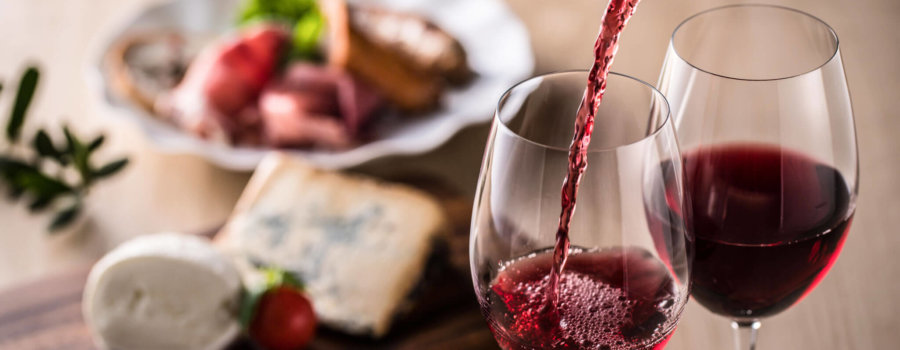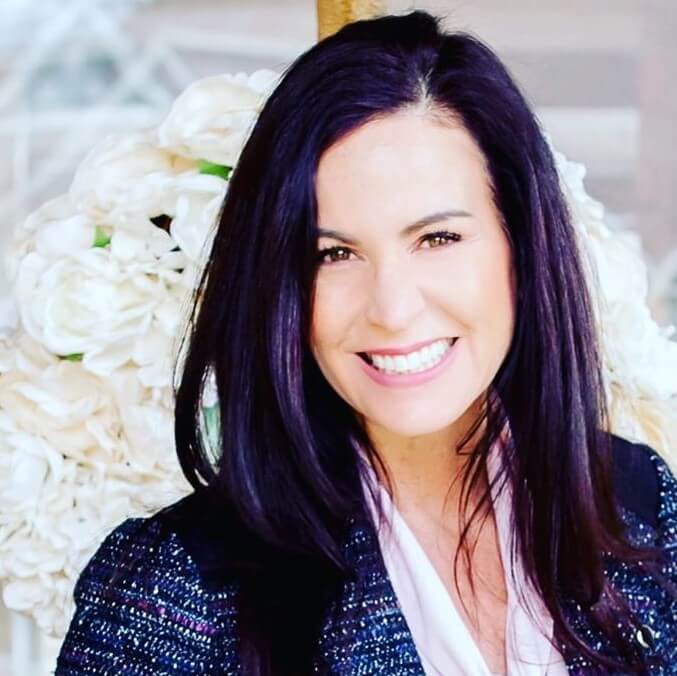Is it possible to have a healthy relationship with alcohol?
How come some people can enjoy it successfully while others cannot?
First, allow me to say that the words healthy and alcohol do not belong in the same sentence. There is no amount of alcohol that is considered healthy.
There is, however, an invitation to get honest with where you are and an opportunity to make positive changes.
Those on medications, pregnant, or experiencing anxiety, or mental distress should refrain from using alcohol altogether.
Fact one: Alcohol is a drug.
It’s a widely used, socially legal substance in most areas around the world, but it’s still a drug. It contains ethanol, the colorless, flammable, volatile liquid also found in gasoline. Alcohol is the third leading cause of preventable deaths in the United States, behind tobacco and dietary choices.
Fact two: It chemically affects our brain and body.
There is nothing “good” about drinking alcohol. It lowers our inhibitions, decreases our mental capacity to make decisions, releases chemicals in our body that puts us into fight/flight response, and increases stress in our bodies, particularly the heart, gut health, and liver.
In short, alcohol affects us three ways; neurologically, gastrointestinally, and psychologically.
Fact three: There is no one size fits all approach.
There are guidelines, suggestions, and recommendations regarding alcohol, but in the end, it falls on the participant’s shoulders to make the right choice for themselves.
Let’s look at what The National Institute on Alcohol Abuse and Alcoholism (NIAAA) defines as a standard drink. It’s essential to know this as we continue with the truths behind alcohol consumption.

The US Department of Health and Human Services, Dietary Guidelines for Americans from 2015 to 2020
Men
Less than 4 drinks per day.
Less than 14 drinks in one week.
Women
Less than 3 drinks per day.
Less than 7 drinks per week.
Knowing the guidelines and standard drink sizes, let’s address ways to moderate alcohol consumption.
Adhering to the size of the drink is important. Notice wine, for example. The standard pour is 5 oz, not 7 or 8 oz. It’s also important to be aware of the alcohol content per container. Malt beverages and cordials tend to be much higher in alcohol.
Tips for staying on track
- Pace yourself. Drink water in between drinks and avoid consuming more than one drink per hour.
- Eat something before and during drinking. This will allow your body to process the alcohol more slowly. A caution here; this will add to your calorie intake for the day. By consuming alcohol, you lower your inhibitions, and therefore, compulsive choices are made.
Useful Drink Counting Tools
- Count your drinks. Go back to the standard drink sizes above and notice how much you’re pouring/consuming. There are many drink counting apps available for both IOS and Android that can help you. Some to mention are Intellidrink, Drink Tracker, Drink Control, Leaf, Drinking Buddy, and BAC Calculator.
- Notice your triggers. If you find yourself drinking when stressed, bored, overwhelmed, or angry, it’s recommended to get honest with your feelings. Consider journaling in addition to the above tips. As you notice a trend, you can begin to implement changes.
- Avoid having alcohol in the home. If you do not have alcohol in your home, You won’t be tempted if you don’t’ have it in the house.
- Set a goal or rule. If you say you will only have two drinks at a party, stick to it. If you’re noticing you’re having a hard time sticking to your original goal, it may be time to take a look at your relationship and recognize you may be in the gray area of drinking, a place of slipping into the mild or moderate alcohol abuse category.
- What are your intentions? A healthy relationship comes down to your intention. It’s important to be honest with yourself. Are you drinking to feel brave or encouraged? Or to numb your feelings? Perhaps to ease your stress or anger? Are you bored? Is it to get drunk? Just because it’s what you do? Pay attention to your “why” and the surrounding circumstances. If your gut is telling you that it’s an escape or an outlet, it is recommended you take a look at this more closely and consider eliminating alcohol completely.
- Don’t drink alone. Having an occasional drink at home by yourself may be okay, but if you find that it’s becoming a habitual pattern, you are putting yourself at a higher risk of abusing alcohol. Never rely on alcohol to reduce your stress or anxiety. If you are experiencing this is your life, it is advised to seek medical attention for alternatives.
Alcohol is widely accepted and is some industries and situations, expected.
Nobody knows you the way you do. If you’ve been secretly questioning your relationship with alcohol and curious to know if you’re drinking too much, please seek help. You don’t necessarily need recovery; you may need discovery. Not everybody needs a therapist, rehab or a 12-step program. There are many options available to you.
The number one reason why people don’t reach out is fear. They are afraid of being “that bad” or asking for help out of embarrassment.
Many people fall in the gray area. Could you be one of them? Being in the gray zone is an opportunity for awareness and to ask more questions. In other words, it’s a place of discovery.
Reach out before you are forced to make a change.
If you’re ready to explore what this means for you, schedule a FREE Discovery Call today.


